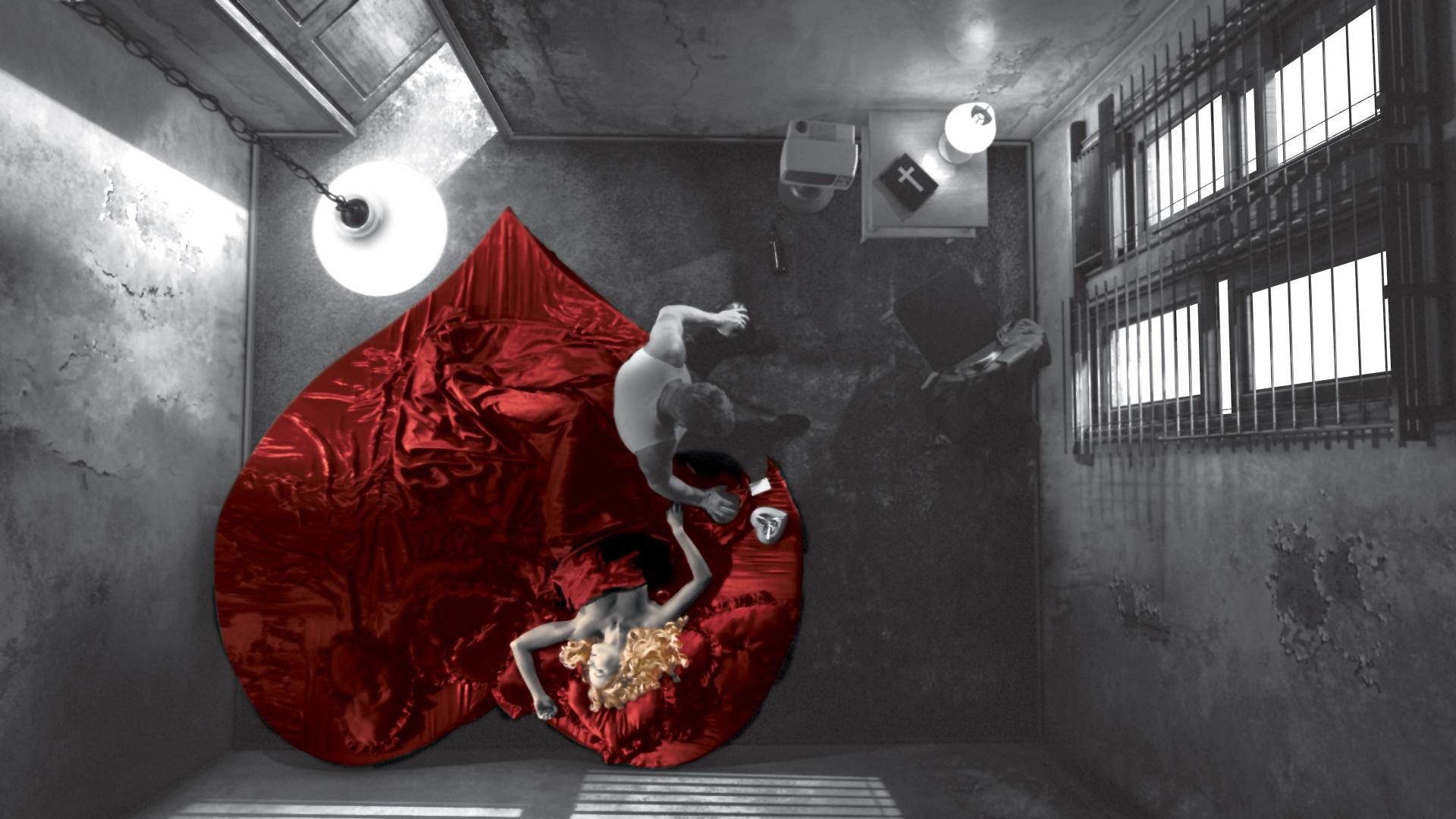 Some research on the genre, its sub-genres, but mainly focusing on certain elements such as characters and roles - i.e. femme fatale, coppers, etc.
Some research on the genre, its sub-genres, but mainly focusing on certain elements such as characters and roles - i.e. femme fatale, coppers, etc."Film noir is a cinematio term used primarily to descibe stylish Hollywood crime dramas particularly those that emphasize moral ambiguity and sexual motivation. Hollywood's classic film noir period is generally regarded as stretching from the early 1940s to the late 1950s. Film noir of this era is associated with a low-key black-and-white visual style that has roots in German Expressionist cinematography, while many of the prototypical stories and much of the attitude of classic noir derive from the hardboiled school of crime fiction that emerged in the United States during the Depression".
The Big Combo (1955) is an American film noir released and directed by Joseph H. Lewis. The film was stylistically photographed by cinematographer and noir icon John Alton. This film noir is considered by many film critics as one of the best work of legendary cinematographer John Alton. Even though most people associate brass music (trumpets, saxophones, etc.) with film
 noir, most employed orchestral (strings) scores. However, The Big Combo is one of few film noirs to have a brass score.
noir, most employed orchestral (strings) scores. However, The Big Combo is one of few film noirs to have a brass score.John Alton was an American cinematographer. He photographed some of the most famous film noirs of the classic period. He won an academy award for the film: "An American in Paris".
------------------------------------------------
I like the cinematography I am coming across. I am going to come back to this and develop this research further.
What I want to focus on right now is characters.
A femme fatale is an alluring and seductive woman whose charms ensnare her lovers in bonds of irresistible desire, often leading them into compromising, dangerous, and deadly situations. She is an archetypal character of literature and art. Her ability to entrance and hypnotize her male victim was in the earliest stories seen as being literally supernatural, hence the most prosaic femme fatale today is still described as having a power akin to an enchantress, vampire, female monster or demon.
The phrase is French for "deadly woman". She tries to achieve her hidden purpose by using feminine wiles such as beauty and charm. Typically, a fatale is exceptionally well-endowed with these qualities. In some situation she uses lying rather than charm. She also may be a victim, caught in a situation from which she cannot escape.
In contemporary culture, the femme fatale survives as heroine and anti-heroine, in Nikita and Moulin Rouge, as well in video games and comic books! Examples of this - Elektra, Catwoman, and Poison Ivy. The protagonists (main characters) of Desperate Housewives use sexual allure to get what and whom they want.
Classic Femme Fatale
Bette Davis was an American actress of film, television and theatre. Noted for her willingness to play unsympathetic characters, she was highly regarded for her perfor mances in a range of film genres: from contemporary crime melodramas to historical and period films and occasional comdies, though her greatest successes were romantic dramas.
mances in a range of film genres: from contemporary crime melodramas to historical and period films and occasional comdies, though her greatest successes were romantic dramas.
 mances in a range of film genres: from contemporary crime melodramas to historical and period films and occasional comdies, though her greatest successes were romantic dramas.
mances in a range of film genres: from contemporary crime melodramas to historical and period films and occasional comdies, though her greatest successes were romantic dramas. In the film A House Divided (1931), she was hastily dressed her in an ill-fitting costume with a low neckline. Davis was rebuffed by the director William Wyler, who loudly commented to the assembled crew, "What do you think of these dames who show their chests and think they can get jobs?"
Cinematographer Karl Freund told the head of Universial Studios Bette had "lovely eyes". Bette Davis is most famous for her eyes.


















No comments:
Post a Comment